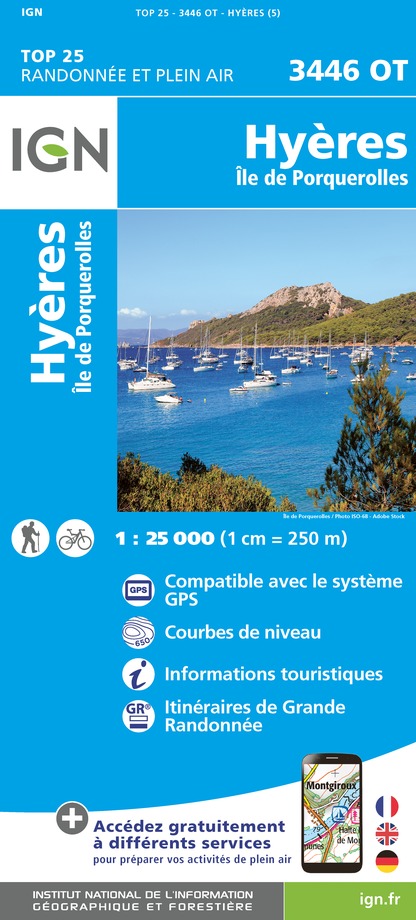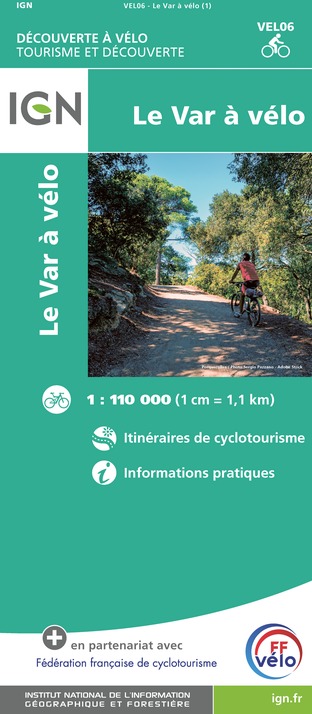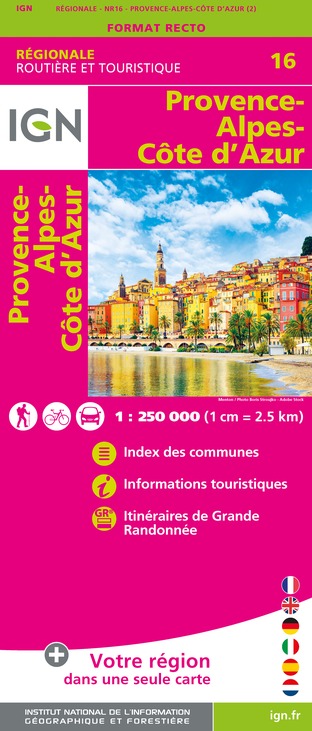Alert
Alerts
The Pascalette






Description
The landing of Allied troops in North Africa on November 8th, 1942 resulted in the invasion of the Free Zone.
Italian troops settled all over the Mediterranean coast. The Germans occupying the rest of the territory.
On December 15th, 1942, a detachment of the 7th Lupi di Toscana Infantry Division under Colonel Bellucci settled at Château de la Pascalette and Désirade.
Frieze horses and barbed wire were laid by the sea and the occupants installed concrete shelters and pyramids (tetrahedrons) at the Pansard bridge and Oswald Street to control the entrance and exit of the village.
Italian soldiers commit acts of robbery and are denounced by the inhabitants. Their command does not tolerate these behaviours and the carabinieri put an end to these practices.
However, the situation in Italy is deteriorating. On July 25th, 1943, the High Council of the Italian fascist forced Mussolini to resign. On September 5th, the Lupi di Toscana division is about to leave La Londe. But the Germans invested the Pascalette and Désirade. They hunt down and take prisoners of their former allies who are grouped together at the Maravenne estate. These Italian soldiers will be used as labour for the construction of the seaside blockhouses, then transferred to a camp in Pignans.
The German occupation and the resistance
On September 5th, 1943, the Italians withdrew in disorder. On September 8th, Italy surrendered.
The 1st battalion of the 198th Wehrmacht infantry regiment was made up of Armenians from the Ost Légion, occupying the village and installing the "Kommandantur" at the Château de la Pascalette. An Austrian 77-gun was put into battery in front of the sea. Italian soldiers who remained on the spot were taken prisoner and used to organize the defence points.
The occupants create fear and put a lot of pressure on the population. Workers from the Bormette factory are sent to Germany as part of the Compulsory Labour Service (STO). Many managed to escape to join the maquis. Two of them, OSWALD and RIVAULT, lost their lives. The liberation committee set up will be made up of seven of these shadow fighters.
Unlike the Normandy landing (Operation OVERLORD), the resistance was put on alert and used before the Provence landing, particularly inland. The numerous blows of hands, sabotage, destruction of railway and communication lines disrupted the defences and caused any retreat to the occupying troops.
The low rate of human losses for the landing alone compared to that of Normandy attests to this. The Nazis concentrated most of their resistance around the ports and there the fighting was fierce and deadly.
The Allied staff planned two months to reach Marseille, it will only take 15 days for Provence to be liberated.
Marcel KAFI, 17 years old, is required at the Château de la Pascalette. He must prepare defensive sites and clean the surroundings of the bunkers built under the pines. A few months before the landing, he was approached by the resistance to steal gunpowder. For several days he fulfilled his mission. Quickly suspected, he was rescued by the gendarme CRESPIN who led him to the Font de la Truie aux Borrels; guided by the resistance fighters he walked for three nights, with other young people from Hyeres and Landes and hid in a farm near the Garde-Freinet waiting for the landing. On August 18th, on the beach of Pardigon in Cavalaire, he joined the 4th Senegalese riflemen's regiment (4° RTS). He participated in the liberation of Solliès-Pont, La Farlède, La Valette and Toulon with the 9th Colonial Infantry Division (9th DIC). He was wounded in Delle (Belfort territory) on November 18th, 1944. Two months later he resumed fighting as far as the Black Forest. From 1948 to 1962 he pursued a career as a non-commissioned officer in the colonial parachute battalions in Indochina where he was again wounded and in Algeria under the command of a certain Colonel DUCOURNAU.
Technical Information
Altimetric profile
IGN cards







